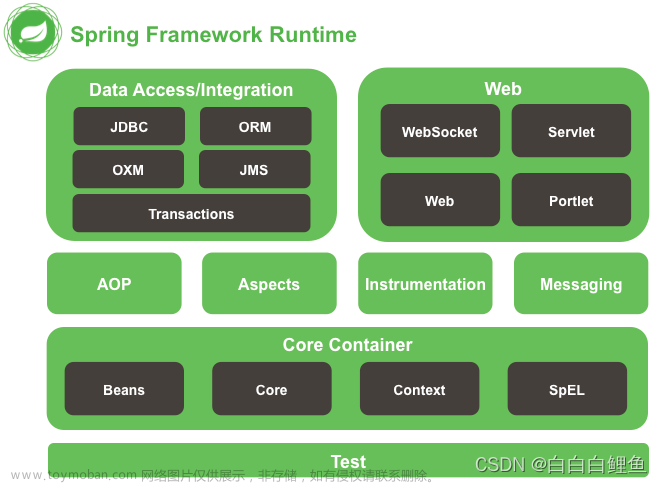在C#中,switch语句的模式匹配在C# 7.0及以上版本中引入。以下是switch语句中常见的模式及其使用方法的示例:
1. 类型模式:
优点: 用于检查对象的运行时类型,使代码更具可读性。
public static string GetObjectType(object obj)
{
switch (obj)
{
case int i:
return "整数类型";
case string s:
return "字符串类型";
case double d:
return "双精度浮点数类型";
default:
return "其他类型";
}
}2. 常量模式:
优点: 用于匹配对象是否等于某个常量值。
public static string GetDayOfWeekName(DayOfWeek day)
{
switch (day)
{
case DayOfWeek.Monday:
return "星期一";
case DayOfWeek.Tuesday:
return "星期二";
case DayOfWeek.Wednesday:
return "星期三";
case DayOfWeek.Thursday:
return "星期四";
case DayOfWeek.Friday:
return "星期五";
default:
return "其他";
}
}3. 组合模式:
优点: 允许将多个模式组合在一起,形成更复杂的匹配条件。
public static string GetInfo(object obj)
{
switch (obj)
{
case int i when i > 0:
return "正整数";
case int i when i < 0:
return "负整数";
case string s when s.Length > 10:
return "字符串长度大于10";
default:
return "其他";
}
}4. 属性模式:
优点: 用于匹配对象的属性,提供更灵活的条件判断。
public static string GetPersonInfo(object person)
{
switch (person)
{
case { Age: > 18, Name: "Alice" }:
return "成年人 Alice";
case { Age: > 18, Name: "Bob" }:
return "成年人 Bob";
case { Age: <= 18, Name: "Alice" }:
return "未成年人 Alice";
default:
return "其他";
}
}
public class Person
{
public string Name { get; set; }
public int Age { get; set; }
}5. 变量模式:
优点: 允许在模式中引入新的变量,提供更灵活的条件判断。
public static string GetVariablePattern(object obj)
{
switch (obj)
{
case int i when i > 0:
return $"正整数:{i}";
case int i when i < 0:
return $"负整数:{i}";
case string s:
return $"字符串:{s}";
default:
return "其他";
}
}- 模式匹配使得switch语句更为强大,能够更直观地表达条件逻辑。
- 不同的模式适用于不同的场景,根据需求选择合适的模式,提高代码的可读性和可维护性。
- 使用模式匹配可以减少代码中的重复,并提供更灵活的条件判断方式。
文章来源:https://www.toymoban.com/news/detail-820327.html
 文章来源地址https://www.toymoban.com/news/detail-820327.html
文章来源地址https://www.toymoban.com/news/detail-820327.html
到了这里,关于C# Switch 语句进阶:模式匹配详解与实例演示的文章就介绍完了。如果您还想了解更多内容,请在右上角搜索TOY模板网以前的文章或继续浏览下面的相关文章,希望大家以后多多支持TOY模板网!










